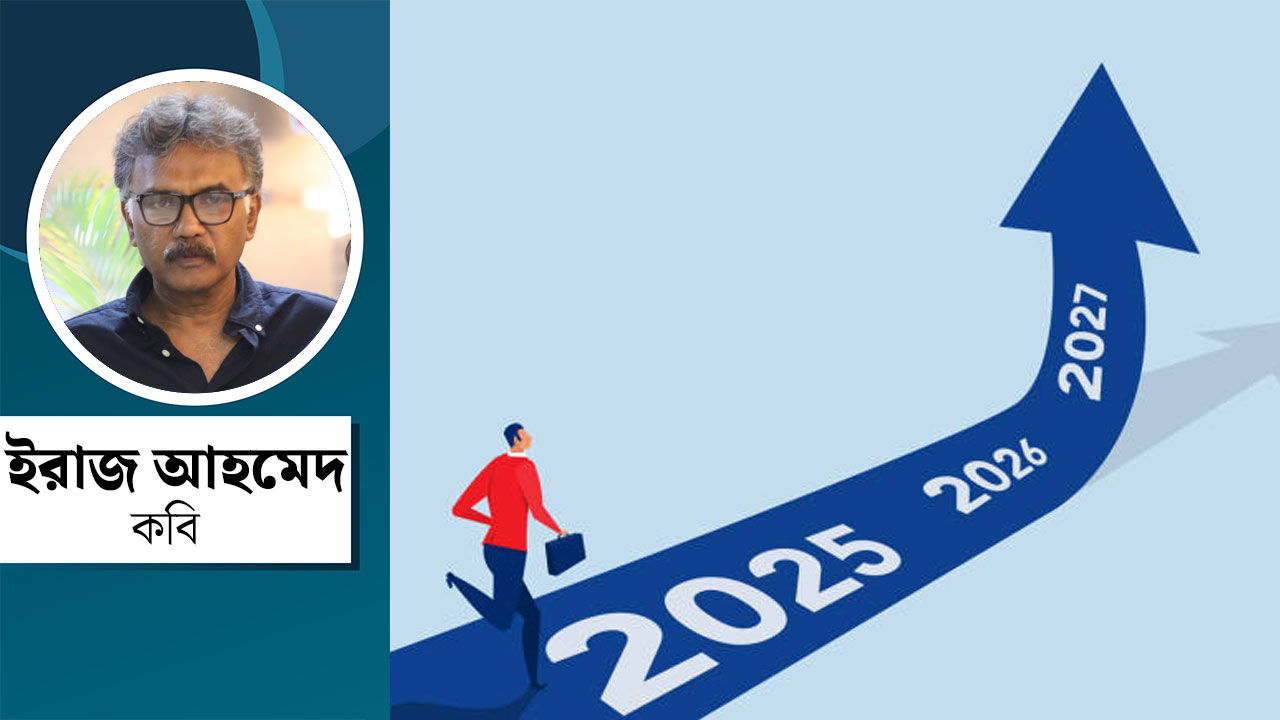
OP-ED: The second coming of the Taliban
The new generation of Afghans may not accept the Taliban way so easily
The expected event happened. The Taliban of Afghanistan have returned to power after 20 years of saber-rattling with the US and the feckless Afghan army that US had tried to put up during last two decades of “nation-building” efforts in that hapless country. What probably was not expected is the speed with which the Afghan army dissipated.
The return of the Taliban to power has been on the cards much before the real event last week. There was not much doubt that the government in Afghanistan cobbled together by US over the last two decades did not have much oxygen to run on its own without the money and military cylinders that US and Nato allies provided much of this period. Even then, the Afghan government was effective in only half of the country as the Taliban whittled away its control inch by inch.
The ouster of the Taliban occurred after indiscriminate attack on Taliban holdouts including those of al-Qaeda terrorist group. It was a success but for a brief period. The al-Qaeda and its leadership were driven from Afghanistan, but not the Taliban. The Taliban were removed from government, but not from the country. Unlike al-Qaeda, the Taliban were no foreigners. They were local, they were sons of the soil. They could easily blend among their people, regroup, and restart their fights, which they did and very successfully.
Meanwhile, Afghanistan and its people continued to be victims of this war of attrition. More than 240,000 lives were lost from 2001 to 2021, among whom over 71,000 were civilians. While the fighting continued the country became a target of a variety of policies from US and its allies, either in the name of eradicating threat of terrorism or in the name of “nation-building.” The US would end up spending more $2 trillion yet, in the end, the Taliban prevailed.








